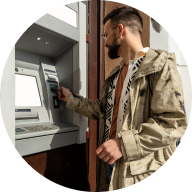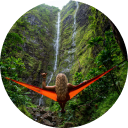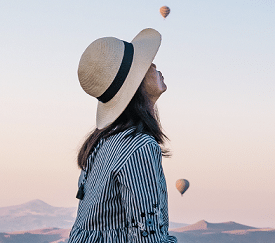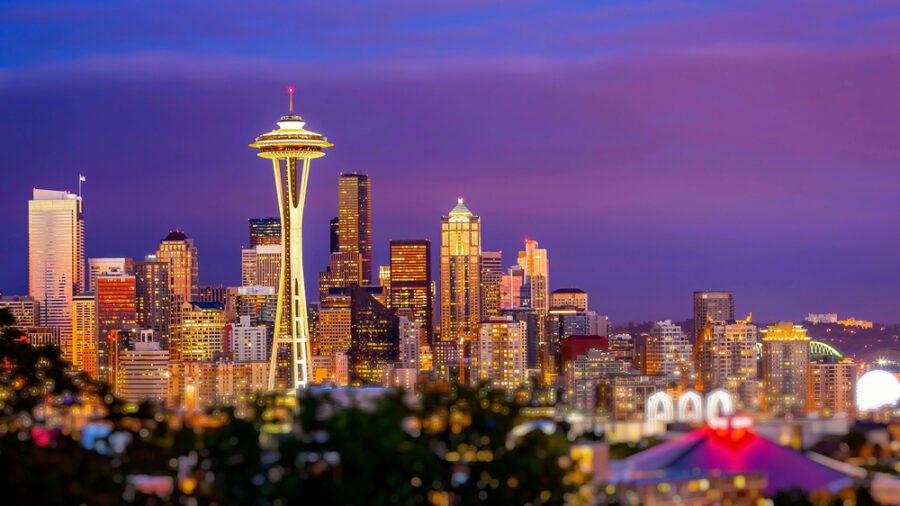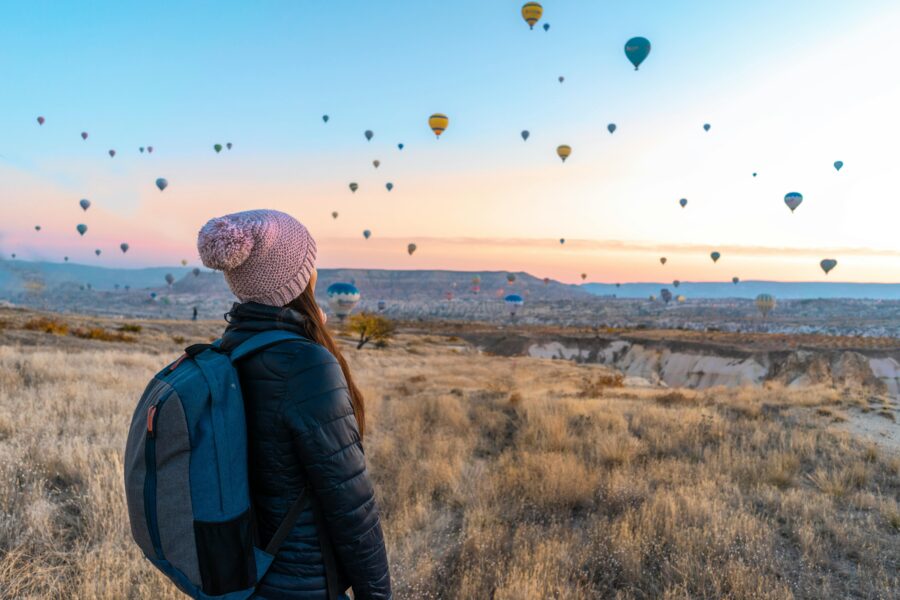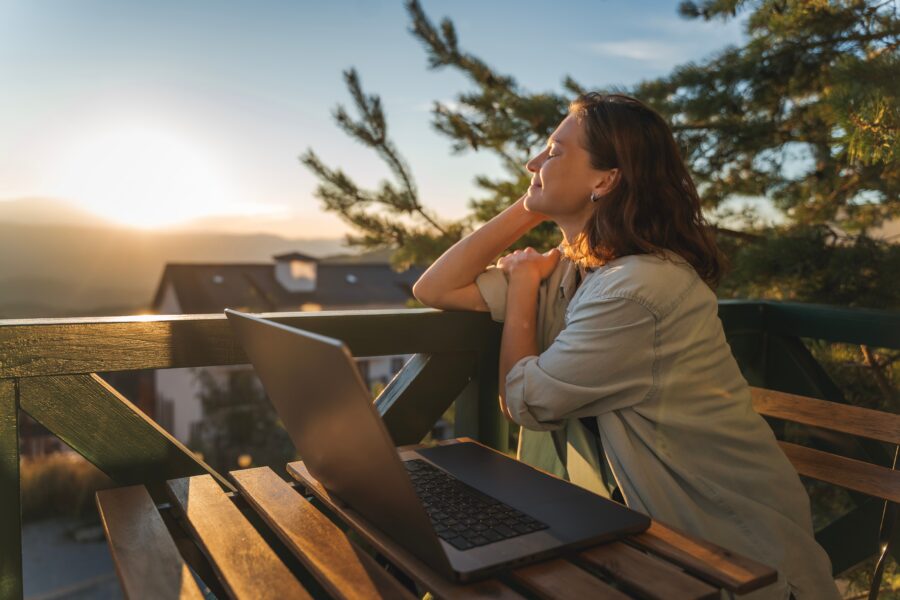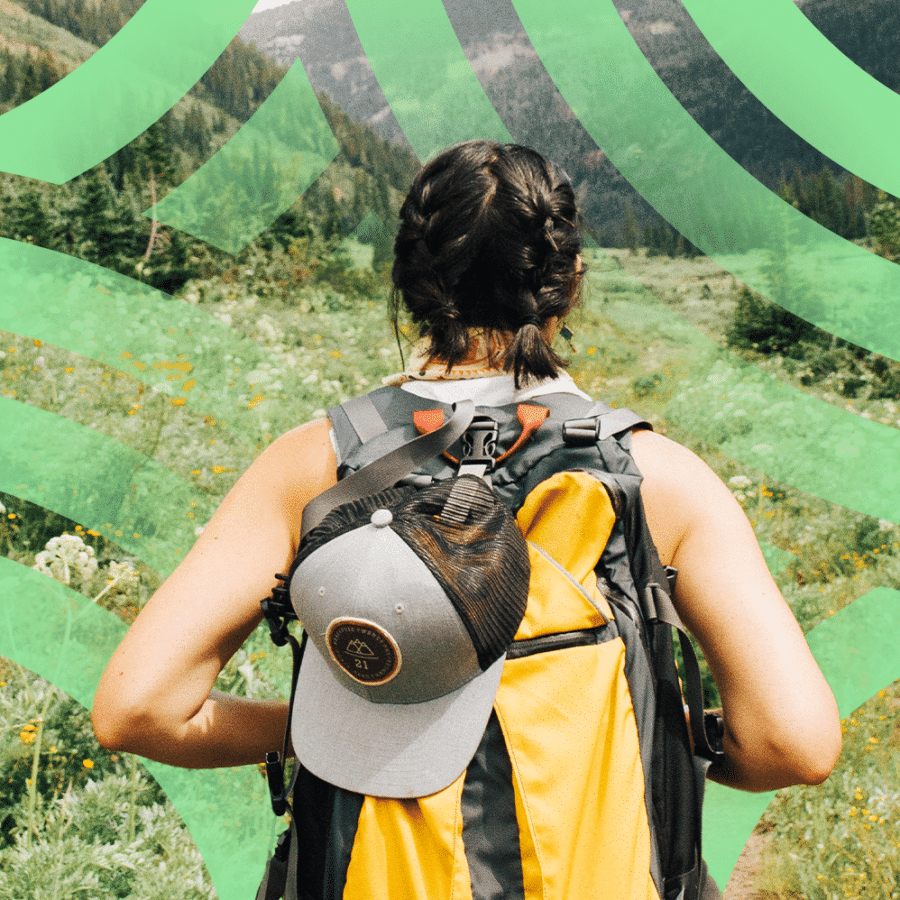Nestled in the middle of Puget Sound, Seattle is one of the fastest-growing areas in the United States. And with its world-famous coffee scene (including the original Starbucks), loads of amazing outdoor activities—hiking, climbing, kayaking, and more!—and, of course, the Space Needle, it’s an amazing place to hang out, explore, and live. Topped off with culinary delights and a deep historical background, it’s no wonder Seattle is an increasingly popular spot to visit or move to.
Whether you’re planning on putting down roots for years to come or just want to try it for a little while, Seattle will keep you busy exploring for days on end and throughout your travel nursing assignment.
So, city life, outdoor adventures, good food, and the Capital of Coffee?
You’re sold. But before you pack your bags and book your flight, there are still a few things to consider when moving to the Pacific Northwest and living in Seattle, Washington.
Wondering About the Rain?
Inevitably, one of the first questions asked about Seattle is whether it truly rains as much as they say.
While it’s called “the Rainy City” elsewhere, Seattle actually has a pretty varied amount of rainfall each year.1 It doesn’t even crack the Weather Channel’s Top 10 Wettest Cities in America list.2 Houston, Atlanta, and New York City all see over a foot more annual precipitation.p3
This is because most of the rain Seattle experiences is light and drizzly, with brief, 20-minute downpours once in a while. In reality, it’ll still be wet, and you should be prepared for showers eight to nine months of the year, but you won’t have to throw on your raincoat constantly. Just keep it close by—and skip the umbrella if you prefer to blend in.
From about early June to early October, however, you’d think you ended up in California—dry, sunny, and moderately warm temperatures.
Overview of Seattle
When it comes to moving to a new city, there is a lot to consider and research. That’s why we pulled together a quick overview—so you can confidently decide if Seattle is right for you.
So, if you’re thinking of moving to Seattle these are some things to keep in mind as you start daydreaming about life in the PNW:
- Year founded – Seattle was first settled by non-indigenous people in 1851, and the city was incorporated in 1869.4
- Population – 733,919 people live in the city itself.5 The metropolitan area, which stretches from the Mt. Baker-Snoqualmie National Forest up north to south of Tacoma, counts just over 4 million.6
- Time Zone – Pacific Standard Time
- Known for – This western city is known for coffee, the not-entirely-accurate portrayal of rainy days, a plethora of outdoor activities, Pike Place Market, the Seattle Seahawks, the Space Needle, and major tech industry headquarters (e.g., Amazon and Microsoft).
- Median Household Income – $97,1857
- Median Home Value – $713,6007
- Median Rent – $1,7027
- Cost of Living –The cost of living in Seattle is 53% higher than the national average.8
Seattle’s Weather
The most general advice for moving to a city comes down to familiarizing yourself with the weather ahead of the official move. Wet and rainy days aside, Seattle posts a fairly moderate climate that rarely strays too hot or cold. Here is a summary of the annual weather (highs/lows):
- January – 47/39
- February – 49/40
- March – 52/42
- April – 57/45
- May – 63/50
- June – 66/54
- July – 72/57
- August – 72/57
- September – 67/55
- October – 59/50
- November – 51/43
- December – 46/39
Exploring Seattle
Moving to a new city can be as intimidating as it is exciting, but exploring your new digs is not only a great way to get familiar with your surroundings, but it’s also the perfect opportunity to learn how to make new friends and even learn a bit more about yourself.
So, you’ve packed your bags, moved to a new city, and now you’ve found yourself hanging out in your new apartment (speaking of which – are you wondering how to find housing as a travel nurse?). Wondering where to even begin exploring?
We’ve got your itinerary for Seattle living right here.
Exploring Seattle—In the City
Importantly, Seattle has great public transportation and is pretty easy to get around. So, when you’re ready to start getting to know your new city, lace up a good pair of hiking boots like all the other residents, grab your rain jacket (leave the umbrella), and tuck this list in your pocket.
Here are the best neighborhoods and attractions we recommend checking out once you move to Seattle:
- Pike Place Market – First opened in 1907, this downtown Seattle market is considered the soul of Seattle. Enjoy great food and numerous markets to shop at.
- Space Needle – The icon of Seattle. Take a trip to the top, and enjoy a view of the entire city, Sound, and mountains in the distance.
- Chihuly Garden and Glass – Full of beautiful glasswork by Dale Chihuly. A must-see while in Seattle—and if you love Chihuly’s work, be sure to check out the Museum of Glass in his hometown of Tacoma.
- Puget Sound Islands – Take the ferry over to Bainbridge Island or the others that dot the Puget Sound. A little further north, and you can watch the Orcas swim around the San Juan Islands.
- Beneath the Streets – Venture underneath Seattle and discover Old Seattle, which was burnt down by the Great Seattle Fire of 1889.
- Museum of Pop Culture – Learn about the musical pop culture of Seattle—from Jimi Hendrix to Kurt Cobain—and explore the rotation exhibits based on all aspects of pop culture.
- Seattle Mariners – Catch an MLB game at T-Mobile Park.
- Seattle Seahawks – Join the 12th man at the loudest NFL stadium.
- Pioneer Square – A neighborhood filled with indigenous history. Check out the art, shops, and dining options.
Exploring the Wilderness Outside Seattle
If you prefer the wilderness, an outdoors enthusiast’s paradise surrounds Seattle. With Olympic National Park on the peninsula to the West, the Cascades to the East, Mt. Rainer down South, and those Puget Sound Islands in between, it’s all too easy to venture out into nature.
And if you’re looking to break in your first pair of new hiking boots, there are plenty of thriving outdoors groups and communities to help you get started, like the Mountaineers.9 When you’re ready to pick up your own gear, head over to REI’s flagship store.
Perhaps best of all—if you’re craving a hot meal after a long day hike, you can be back in the city from many locations in roughly an hour.
Best Seattle Restaurants
Looking for the best place to dine? We all know a city is only as good as its food, and that makes Seattle a great city, for sure. But there’s so much more to Seattle’s culinary claims to fame than a venti iced latte and the first Starbucks. From fresh seafood to some of the best bars and breakfasts you’ve ever had, Seattle really does have it all.
So when you’re heading out for a day in the city or arriving back tired from the mountains, make sure to check out these tasty stops:
- Beecher’s Handmade Cheese – Serving hot paninis, soups, and the world’s best mac and cheese. A great quick stop for breakfast or lunch!
- DeLaurenti’s – A staple in Pike Place since 1946. Choose from one of their premade meals, or pick up the ingredients to head home and make it on your own.
- Pike Pub & Brewery – Lots of seating, great beer, and great food. This is a great location to watch a sporting event or get together with a large group.
- Bad Bishop – Located in Pioneer Square and opened in 2018. This new bar has found the perfect mixture of high-quality food and cocktails.
- Biscuit Bitch – Tasty, filling, and quick breakfast. What else would you want on your way to a long shift at the facility!?
- Serious Pie – Handcrafted pizza with fresh PNW toppings.
- Bakery Nouveau – Any time-of-day Nouveau has what you need. Breakfast pastries, deli sandwiches, pot pies, and mouth-watering desserts.
- Alki Spud Fish and Chips – A Seattle icon since 1935. You can’t go to the PNW without having freshly caught fish.
Tips for Moving to Seattle
Ready to become a Seattle resident? Before you make a big move, there is so much to consider. While we’ve only scratched the surface of this exciting city, now you’ll at least have a guide on where to go, what to see, and where to eat.
But when it comes to real life in Seattle, there are a few more things you should know if you want to blend in (and let’s face it, no one wants to be seen as the awkward tourist trying to pull on a corner shop poncho).
So here are a few tips and tricks to embracing life in Seattle and really living like a local:
- It might be mostly drizzling, but Seattle averages 150 days of rain a year.
- One of the most dog-friendly locations to travel to.
- Bad traffic. Rain causes traffic to build up, along with only a few highways that always seem to be backed up.
- The transit system is great! Buses are clean and run about anywhere in Seattle, while the train is easy, quick, and takes you from the north of Seattle all the way down to Tacoma!
- Try all the different coffee shops, each one is a little different. Find the one that fits your taste buds.
Take in Seattle, WA with Host Healthcare
As a travel healthcare professional, you have the freedom to experience life in any of America’s cities. And if Seattle’s mix of urban and wild has caught your attention, Host Healthcare will help find you the perfect position in the city.
So, if a PNW adventure and a strong professional team committed to positivity, excellence, and integrity sounds like the perfect fit, reach out to us to complete your travel nurse application.
From the food scene to the arts, Seattle is ideal for all kinds of exploration—and Host Healthcare has your adventure pass ready to go!
Reviewed by:
Cindy Cook, BSN, RN, CCRN
Nursing Specialty: Emergency, Cardiac, Pre-op, PACU
I have been working in the medical field for 22 years. I started as a back office, medical assistent in orthopaedics, which made me realize my calling was to help patients, and inspired me to go to nursing school. As a nurse I have worked in oncology, cardiac, emergency, and I am now currently working in Pre-op and PACU.
Sources:
- Seattle Weather Blog. 2022 Rainfall. https://www.seattleweatherblog.com/rain-stats/rainfall-2022/
- Weather. Top 10 Wettest Cities in America. https://weather.com/news/news/10-wettest-cities-america-20130429
- Seattle Southside. Does it Always Rain in Seattle? https://www.seattlesouthside.com/does-it-always-rain-in-seattle/
- Seattle.gov. A Brief History of Seattle. https://www.seattle.gov/cityarchives/seattle-facts/brief-history-of-seattle
- Census.gov. QuickFacts Seattle city, Washington. https://www.census.gov/quickfacts/seattlecitywashington
- Statista. Population of the Seattle-Tacoma-Bellevue metro area in the United States from 2010 to 2021. https://www.statista.com/statistics/815266/seattle-metro-area-population/
- Census. Seattle, Washington. https://www.census.gov/quickfacts/fact/table/seattlecitywashington/EDU685220
- Payscale. Cost of Living Seattle Washington. https://www.payscale.com/cost-of-living-calculator/Washington-Seattle
- The Mountaineers. Seattle Branch. https://www.mountaineers.org/locations-lodges/seattle-branch
Registered Nurse
Years of Experience: 24 Years
Specialties: Cardiac, ED, Pre-op/PACU
Cindy began her healthcare career back in 2000 working for an orthopedic surgeon after high school. She fell in love with healthcare and decided to go to nursing school. After becoming an RN, Cindy worked in oncology, cardiac, ED, pre-op/PACU, and currently works in IV hydration.



